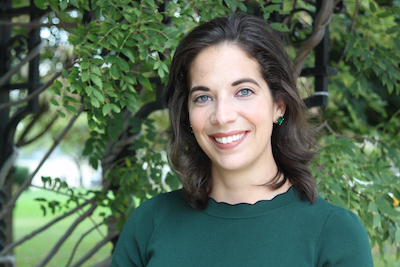No Character Is Safe: How DP Ksenia Sereda Frames “The Last of Us” Season 2’s Heightened Stakes
Sanctuary is fleeting in The Last of Us. With savage grudges and the ever-evolving infected hordes, who seem to be learning tactics through their cordyceps-controlled brains, no one is safe. Here comes your spoiler alert warning—the savagery proved especially true when antihero Joel (Pedro Pascal) was brutally clubbed to death by vengeful Firefly, Abby (Kaitlyn Dever). You don’t need to be a member of the undead to do dreadful things in this world.
Peace was more promising when we dropped in on Joel and Ellie (Bella Ramsey) at the beginning of the season. The world was still plagued with the infected, but Joel and Ellie were living a more domestic, prosaically turbulent life. In this fragile peace, five years had passed, and relationships had time to flourish and fracture. The pair settled into the Jackson community, built by Joel’s brother, Tommy (Gabriel Luna), and sister-in-law, Maria (Rutina Wesley), with Ellie performing the ritual distaste of a parent by a teenager in the way she kept Joel at arm’s length.
“This season, [production design] built a huge set for the city center of Jackson,” cinematographer Ksenia Sereda described. “An amazing thing about this show is that so many things are built practically, which gives you a completely different feeling when you’re on set and you have real backgrounds and a real environment. I think it’s also completely different for actors when you’re working in a real environment and not just surrounded by blue screens. For lighting opportunities and composition, it gives us so much more freedom for where we can look. So, shout out to our production designer and their team on giving us that kind of scope.”
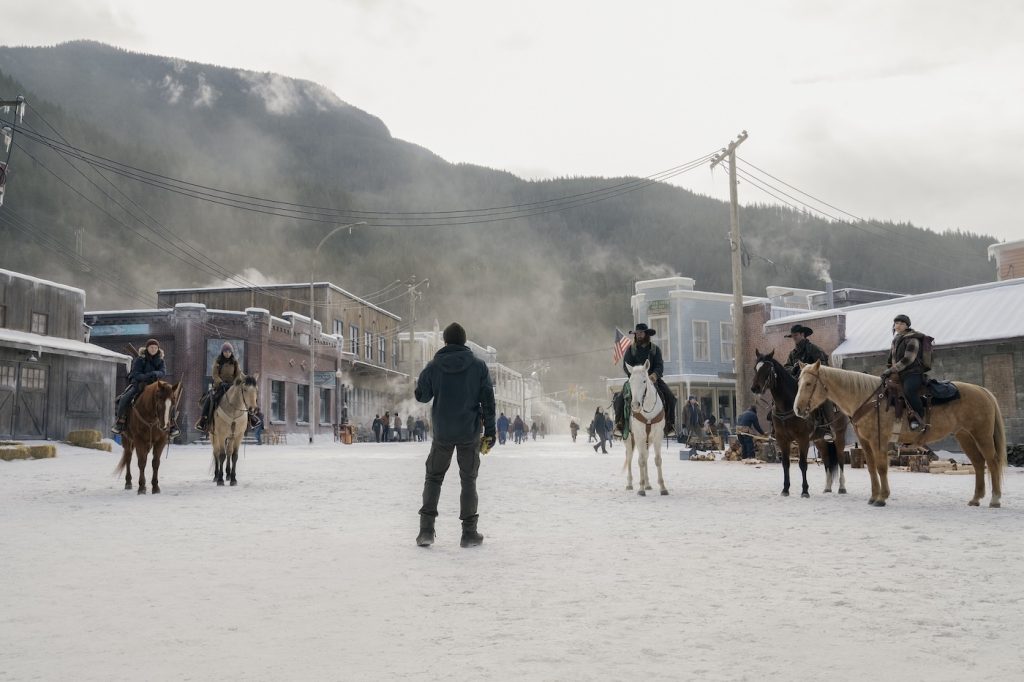
Internal tensions within the compound rose as the growing population strained the infrastructure and resources. An older Ellie began asserting her independence as a young woman, resisting Joel’s protection. That included him harboring the secret that he rescued her from the Fireflies’ scientists in a violent defiance when they attempted to sacrifice Ellie for a cure.
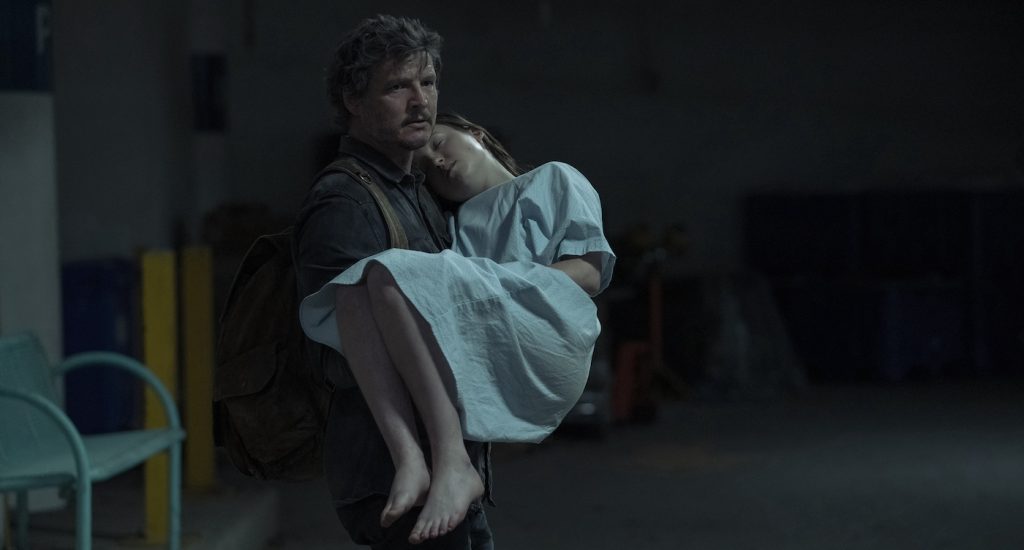
“We see the cinematic style grows with Ellie,” Sereda explained. “We find her much older and much more experienced, and we see her going in this scene with [infected] Clickers. Previously, we’ve seen how dangerous they are, and now she’s so playful, and it’s so easy for her. She really knows what she is doing. She has like a very fine workflow with them.”
Ellie’s combat and gun training have prepared her for a violent world, but new threats are quietly manifesting. Now that she’s on her own without Joel’s loving protection, she will have to rely on her wits and skill.
The Jackson community had been able to manage the roaming infected who lurked near town, but a new stage of disease has developed a more sophisticated enemy. Sereda adapted her shooting style for action sequences to reflect the new way characters interact with the infected. Rather than the blind and aggressive Clickers, Stalkers have their vision and can lurk, plotting an attack.
“In this season, we introduce a new type of infection. Their behavior is different. It’s kind of sneakier, and you can see stylistically the camera also changes its behavior,” Sereda noted. “So now we need to be much more aware of your surroundings because these Infected are smarter. It gives us this new perspective of being watched all the time because they’re stalking us and following us. Working through the camera, camera movement, and camera positions helps us build this tension inside of those sequences.”
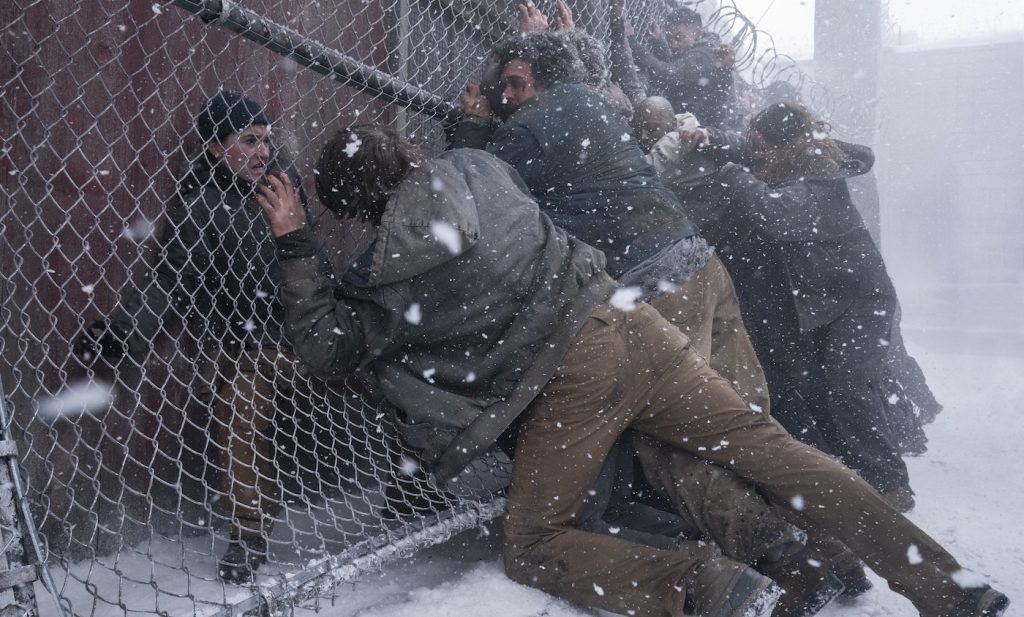
April 14, 2025 Photograph by Liane Hentscher/HBO
Sereda primarily operates the camera herself. The show’s handheld style gives her flexibility to react immediately to action. That approach also builds a “believable visual experience,” grounding the audience’s perspective.
“It is highly designed even though it looks like it is not,” Sereda revealed. “For me, [operating the camera] is a very big part of cinematography because I feel it is very important for me to be inside the scene and be connected to the actors and the characters. I think the handheld style for this show is so amazing because it brings a very different level of connection to the material and what you see. You trust and believe what you put on screen.”
The Last of Us gripped viewers with its stunning storytelling and fast pace, ensuring that no character was safe. We now know that the show’s leads can’t even depend on their status to survive.
Some of the most memorable scenes have been delivered by characters who have only a few episodes of screen time or less. Sereda set the show’s tone with the series premiere as well as the season two premiere, balancing duties on alternating episodes with colleague Catherine Goldschmidt. Despite the transient nature of the show’s characters, the acting is exceptional, and Sereda is focused on capturing the stellar performances.
“As a cinematographer, one of the biggest parts of your job is to create the atmosphere and help the characters to come to life on screen. With this show, it’s especially very important,” Sereda acknowledged. “The writing is so amazing that even if you have the characters just for one episode, you will be able to, in 60 minutes of television, fall in love with them and have your heart completely broken. In the short time given, you need to be able, as a cinematographer, to build a strong attachment in the viewer to these characters and make them love or hate them. Of course, it is like a very big part of camera work, lighting, and composition—also, the length of the shots you’re picking. I’m trying to give as many long shots as possible so we can stay with the actors in real time. I think it also brings a very different connection to the actors.”
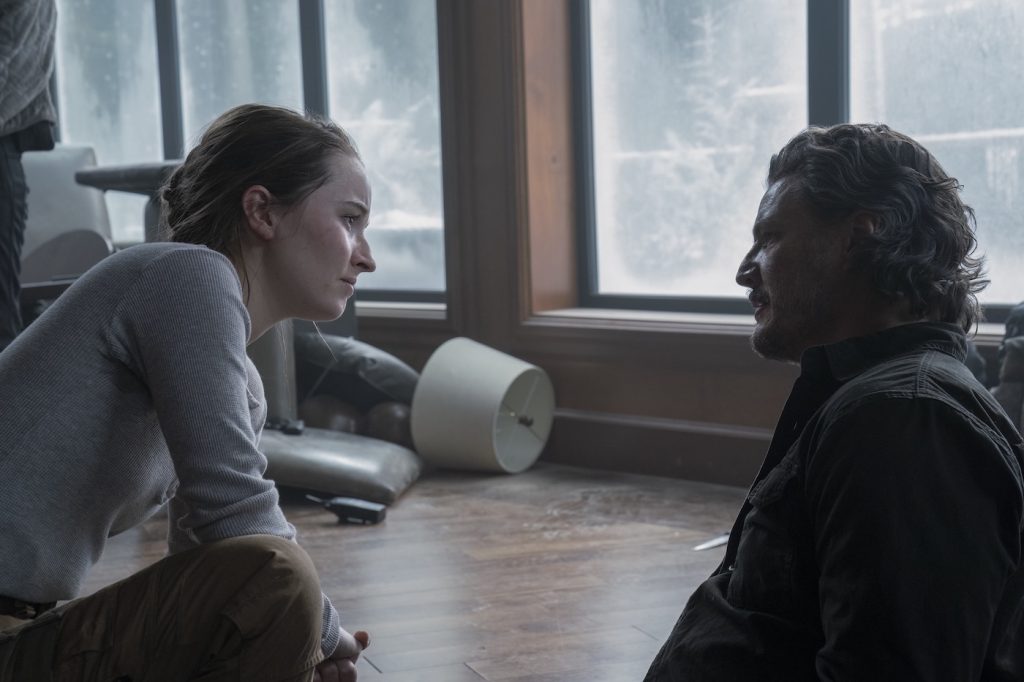
This season follows the hit video game The Last of Us Part II, which moves the characters to the Pacific Northwest after Abby (Kaitlyn Dever) and fellow Fireflies exact their revenge on Joel and Ellie for the deadly conflict that ended season 1. Sereda tried to create a natural, realistic palette that is influenced by the geographic shift from Wyoming’s snow to the lush, rainy area.
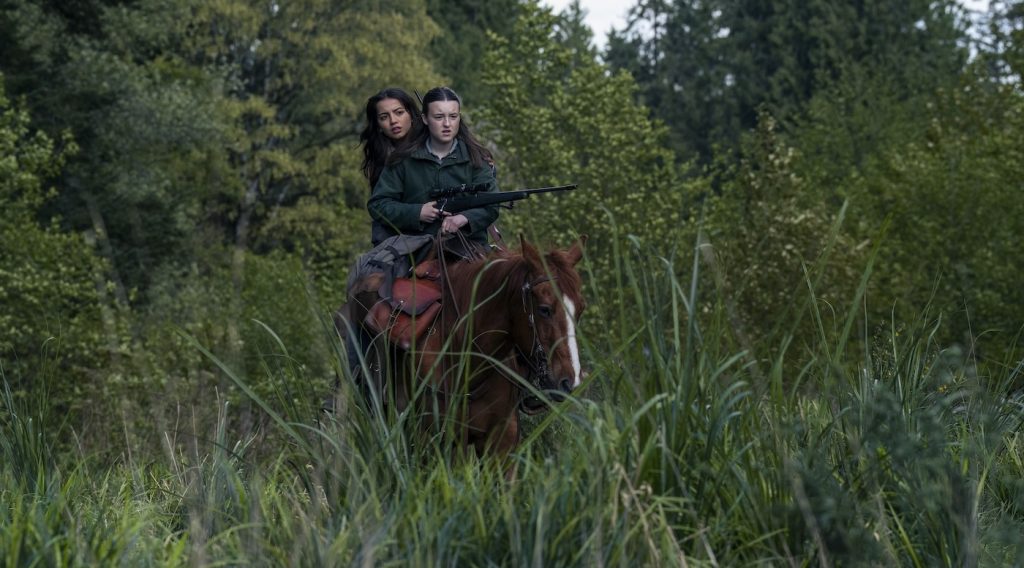
“Even for the night scenes, we’re trying not to make them overly blue to preserve these very warm, almost muddy, dusty, rusty feeling to everything,” Sereda said. “In this season, it’s different because we have this shift to Seattle where we are bringing much more blues and as the story unfolds, we have a lot of water and a lot of fire this season. That naturally brings a lot of new lighting and color elements.”
One of the show’s biggest challenges for cinematography is lighting. There are a lot of conflicts in the dark and some surprise attacks. While the scenes typically aren’t practically lit by flashlights, Sereda uses their beams as a tool to track the action. She uses mild color shifts for the different characters’ flashlights.
“It’s pretty subtle, but I think it’s important so the viewer can get the separation of whose flashlight is who when it’s moving so we can identify whose flashlight is that right now,” she explained. “We have different levels of how we can adjust the brightness and color, but it is a very big part of the show. We can reveal things; we can hide things with the flashlight. It’s a very big, dramatic element.”
As a fan of the video game, Sereda said that other players will recognize some of the new storylines and characters. She said that it has also served as inspiration in her work. The striking design is something she has tried to meet and expound upon in the show.
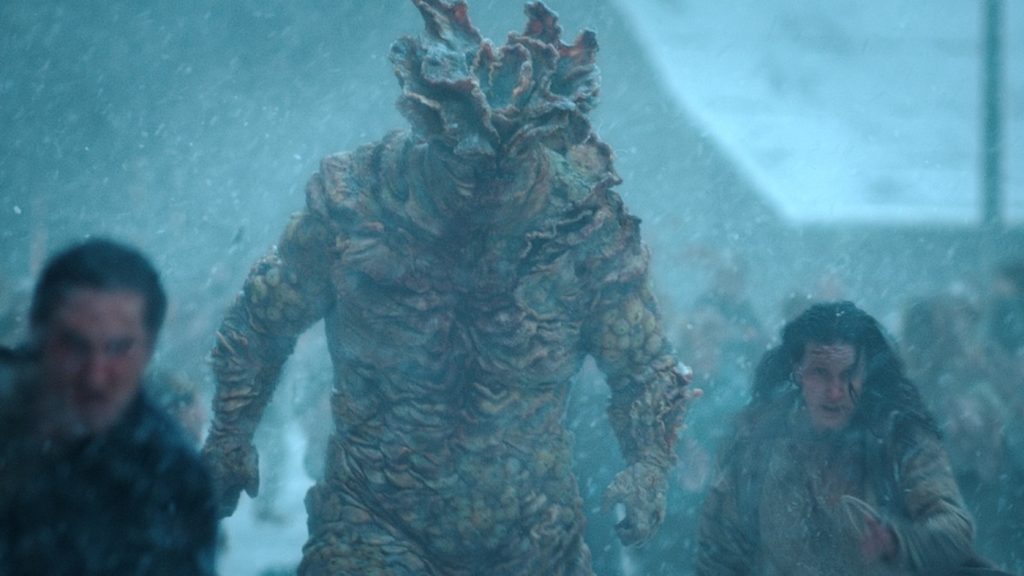
“It is one of the most visual games out there,” she admired. “It is an absolutely incredible piece in the way that it has not only exciting gameplay and infected, but also amazing storytelling and very beautiful cinematography in the game, which makes my work more challenging because you need to match the level at least and maybe even try to push it forward. The biggest ambition is to push everything.”
New episodes of The Last of Us air Sundays on HBO and Max.
Featured image: Bella Ramsey. Photo Courtesy of HBO


